Charity Shop - PAT Testing Requirement
Among the myriad of items donated to charity shops, second-hand electrical equipment is a popular category. However, selling such items also brings unique responsibilities and safety concerns.
Understanding the Responsibility
As a charity shop, you bear the responsibility under the General Product Safety Regulations 2005 for ensuring that every item you sell, including electrical equipment, is safe to use. The Electrical Equipment (Safety) Regulations 2016 also states that all electrical equipment supplied, including second-hand items, must be safe. However, the law doesn't specify how to ensure that electrical equipment is safe, leaving the method up to the discretion of the seller.
PAT Testing
Portable Appliance Testing (PAT) is a process for inspecting and testing electrical equipment used within the workplace. While there isn't a legal obligation to conduct PAT testing specifically, it is regarded as the most effective way to check the safety of second-hand electrical equipment intended for resale.
Inspection and Testing
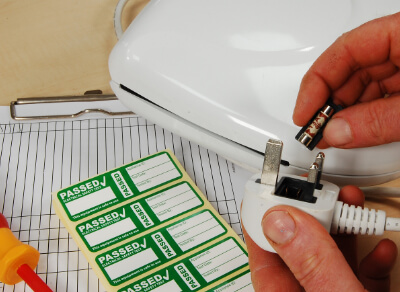
The PAT testing process incorporates both a visual examination and a set of electrical tests. The visual inspection is the first step, where the tester examines the equipment for obvious physical defects such as damaged cables, broken plugs, or visible signs of wear and tear. This is a crucial aspect of the process as most faults will be found during the visual inspection. However, some potential hazards are not immediately apparent to the naked eye, and that's where the electrical tests come in. These tests involve assessing the appliance for earth continuity, insulation resistance, and functionality, using a specialised PAT testing device.
The Plugs and Socket Regulations
Electrical equipment offered for sale must meet the requirements of the Plugs & Sockets etc. (Safety) Regulations. These regulations, primarily aimed at manufacturers and importers, have specific implications for anyone selling used electrical goods, as they specify safety requirements for domestic electrical equipment. Under these regulations, most electrical items sold must be fitted with the correct plug, which is usually a three-pin plug conforming to BS 1363. The plug must be correctly fused and safely wired.
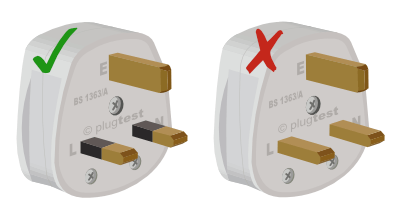
Insulated Pins
The plug must have insulation sleeving on the live and neutral pins. Some older appliances, pre-1987, may have plugs without insulation on the pins. Plugs without insulation on the live and neutral pins must be replaced with a new plug that complies with the current regulations.
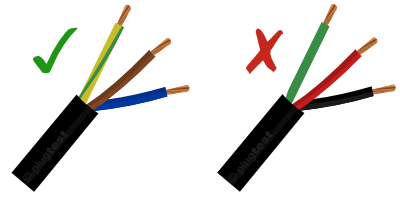
Wire Colours
Similarly, some older equipment may have a flex with the old wiring colours of red, black, and green. Unfortunately, these can not be resold as they do not meet the current regulations.
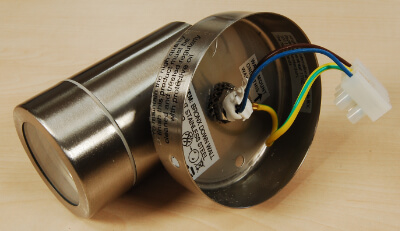
Equipment Without Plugs
Appliances that are designed to be permanently connected to the electrical system do not need to be supplied with a plug, but they should still be inspected and tested. Typical examples of this type of equipment include ceiling lights and cookers. The best method of connecting this type of equipment to the test instrument is to use a safe block.
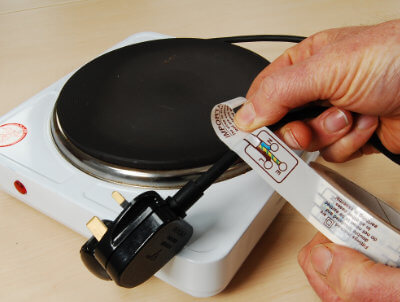
Wiring Instructions
The British Standard for 13A plugs, BS 1363, has a requirement that rewirable type plugs should be supplied with wiring instructions. The wiring instructions are often provided in the instruction manual. If the original manufacturer's instructions are not available, it's advisable to provide general plug wiring instructions. The most convenient method is usually to apply a pre-printed tape with the instructions to the appliance cable.
CE & UKCA Conformity Marks
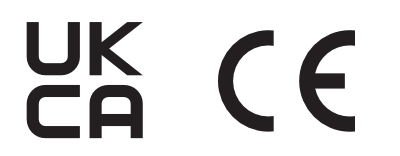
The CE mark demonstrates that a product conforms to European safety standards such as the Low Voltage Directive. Following Brexit, the UK introduced its own equivalent conformity mark, UKCA (UK Conformity Assessed). The UKCA mark is a requirement for all new electrical appliances sold in the UK.
Although the CE / UKCA marks are not a requirement for second-hand equipment, it's important to be aware of these marks when selling second-hand electrical equipment. They serve as an indicator that the product meets specific safety standards. Trading Standards advises that second-hand electrical goods should not be sold unless they have a CE / UKCA mark.
Counterfeit and substandard electrical equipment sold through online platforms such as eBay and Amazon presents a significant issue. Unfortunately, these items inevitably find their way into charity shop donations. Checking for the CE / UKCA mark can help to recognise these products. Counterfeit equipment often lacks these conformity marks, or if present, the mark itself may not adhere to the standard.
Product Recalls
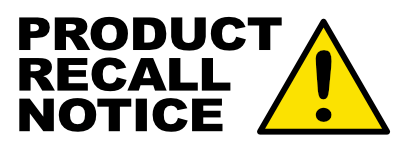
Trading Standards recommends checking if an appliance has been subject to a product recall before it is sold. The best resources for checking UK product recalls are:
- Office for Product Safety and Standards - Product Safety Alerts
- The UK Association of Fire Investigators - Product Recalls
- Electrical Safety First - Product Recalls
Record Keeping and Labeling
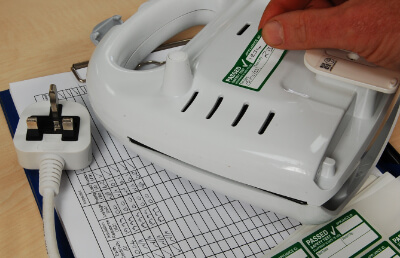
Maintaining records of the electrical equipment you sell serves as proof of due diligence in ensuring the safety of items sold. It's recommended that you keep a record of the make, model, and serial number along with the date of the test, the person who performed the test, and the test results. It's also a good idea to keep a record of any repair or maintenance work done on the item. Keeping records can be as simple as a handwritten ledger, but consider using a spreadsheet or an inventory management system, which can automate much of the process and make it easier to search and sort through your records. Equipment that has passed the inspection and testing should be labeled so it can easily be identified.
Training
The PAT inspection and testing should be carried out by a competent person. A competent person is someone with the necessary skills, knowledge, and experience to carry out the testing. This could be a trained member of staff or an external contractor. If you are looking to train members of staff, we offer comprehensive PAT training courses. These courses are designed to equip participants with the technical knowledge and practical skills required to perform PAT. They cover a range of topics, including understanding electrical safety principles, identifying different types of appliances and their classification, understanding the PAT testing process, and interpreting the results. We regularly run open courses at venues across the county and we also offer in-house training at your site. The in-house training allows us to tailor the course content specifically to the needs of charity shops, or other retailers of second-hand electrical equipment.
Test Equipment
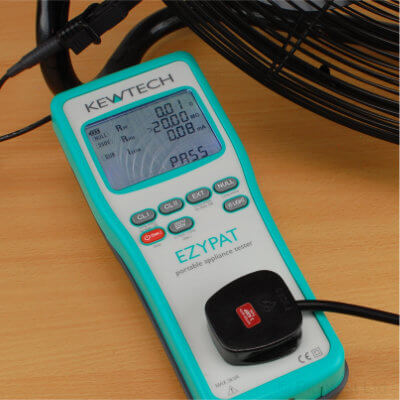
Various types of equipment, ranging in complexity and price, are available for performing electrical tests. Options extend from straightforward pass/fail checkers to advanced devices capable of conducting a broad range of tests and storing the results. For the needs of most charity shops, a basic machine is usually suitable. However, it's important to choose a device that shows the actual test readings, which can then be documented, instead of relying on a rudimentary machine that only displays a pass/fail result. We highly recommend the Kewtech Ezypat for its user-friendly interface and comprehensive features.
Conclusion
Selling second-hand electrical equipment in a charity shop should be undertaken with a commitment to safety. By understanding and complying with UK regulations and having an inspection and testing system in place, you can confidently offer second-hand electrical goods to your customers. If you're interested in learning more about our PAT training courses or if you have any other queries, please do not hesitate to get in touch.
Further Reading
Trading Standards have information on selling second-hand electrical goods on their Business Companion website. Their article also gives some additional advice specific to electric blankets and electric fires. Business Companion: Second-hand electrical goods